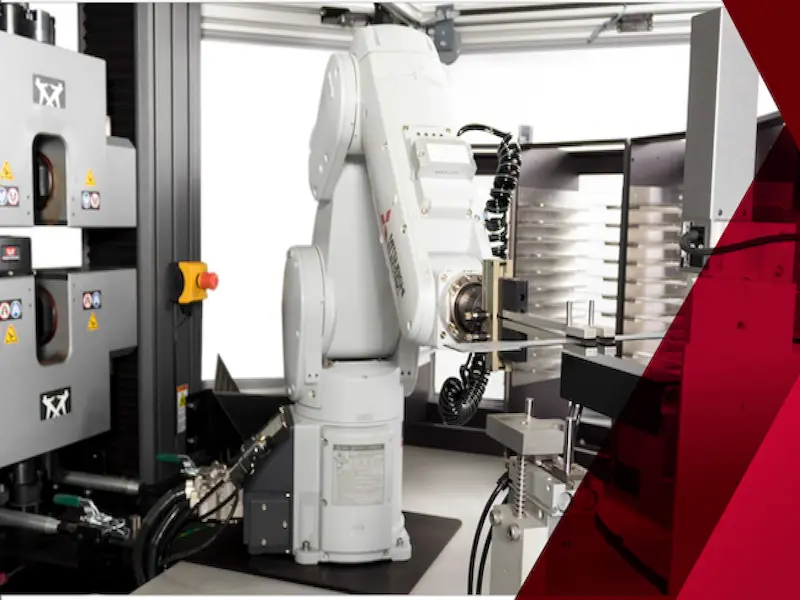- Increased Efficiency: Automated systems significantly enhance productivity by performing repetitive tasks faster than human labor.
- Consistency and Accuracy: These systems minimise errors, providing a level of precision that is difficult to achieve with manual processes.
- Cost Reduction: By reducing the need for human intervention, automated systems can lower operational costs over time.
Automated systems are at the forefront of technological advancement in various industries, transforming how tasks are executed and managed. By utilising software and machinery to perform functions traditionally handled by humans, these systems increase efficiency and consistency while minimising errors and operational costs.
Whether in manufacturing, logistics, or service sectors, automation allows organisations to streamline their processes and focus resources on more strategic activities. As businesses strive for greater competitiveness in a rapidly evolving market, understanding and implementing automated systems becomes crucial for sustained growth and innovation.
The definition of automated systems
An automation system involves intelligent hardware and software that involve sensors, controls, and unsupervised actuators. Automation uses a number of technologies to minimise human intervention in the manufacturing processes. These systems are capable of predicting future trends and making decisions at a moment’s notice.
This technology has been tested on assembly lines for years. The main purpose is to speed up the production process and save money. Automation systems are composed of various sensors, controls, and actuators which complete a function with minimal or no human intervention. Many businesses are looking to automation to maximise efficiency in overall operations.
Automation has even been introduced in the office. There are many dull tasks that waste the time of employees. These days, it is not uncommon for software to take the lead with accounting and HR-automating tasks like data crunching and social media interaction.
Also read: What is an automated control system?
Also read: NTT Data launches Edge AI platform for IoT and manufacturing
Basic elements of an automated system
There are several basic elements to how an automated system works. Understanding the different components of these automation system examples will give you the key knowledge to make the final decision.
Basic automation: A technology that takes over workers’ basic tasks. The basic model is to use digitalisation to automate manual work. These tools are designed to centralise routine tasks and free up manpower. This hardware can increase productivity while providing new insights into the efficiency of the factory.
Process automation: Aims to create a uniform system and appropriate transparency. Users use dedicated intelligent software to maximise productivity and efficiency. It can also provide new insights into business challenges and suggest solutions.
An automated system consists of a network of connections. The system has three main components: receiving inputs, computer processing systems, and manipulators or actuators that perform physical tasks.
Two main types of automation systems: open loop and closed loop control.
Open loop begins with the operator sending a task signal to the specified actuator. The software follows commands originally set by a human controller.
The closed-loop system tracks feedback. The signal generated by the sensor will directly or indirectly measure the response of the actuator and its efficiency. The data is processed by the operator, who compares and contrasts the desired output with the actual output. The staff must then make the necessary adjustments until the machine learning adapts and works perfectly.
Also read: What is automated test equipment?
The development trend of automated terminals
With the rapid development of container transportation, automated terminals, as an effective means to improve terminal efficiency, reduce costs, improve safety and reduce environmental pollution, have also been rapidly developed. The specific performance is as follows:
1. Continuously improve the technical level, optimise and upgrade the automatic stacker, intelligent conveyor belt, container terminal information system, etc., to improve the degree of automation.
2. Continuously expand the scope of application, and apply automated terminals to more wharf shorelines, container yards and wharf spare parts areas.
3. Strengthen intelligent management, realise signalised and intelligent port logistics operation and management, improve operation efficiency and operation level, and reduce the impact of manual operation on the port.
4. Strengthen safety management, improve the safety and stability of automation equipment, reduce equipment failure and accident rate, and ensure the safe operation of the terminal

